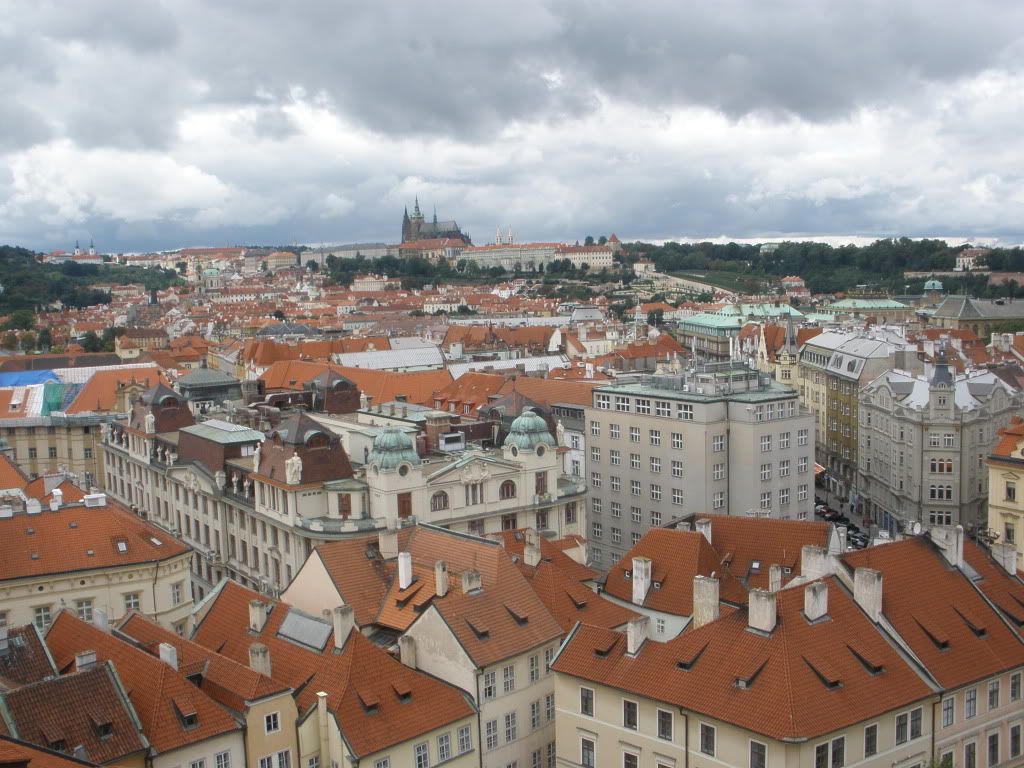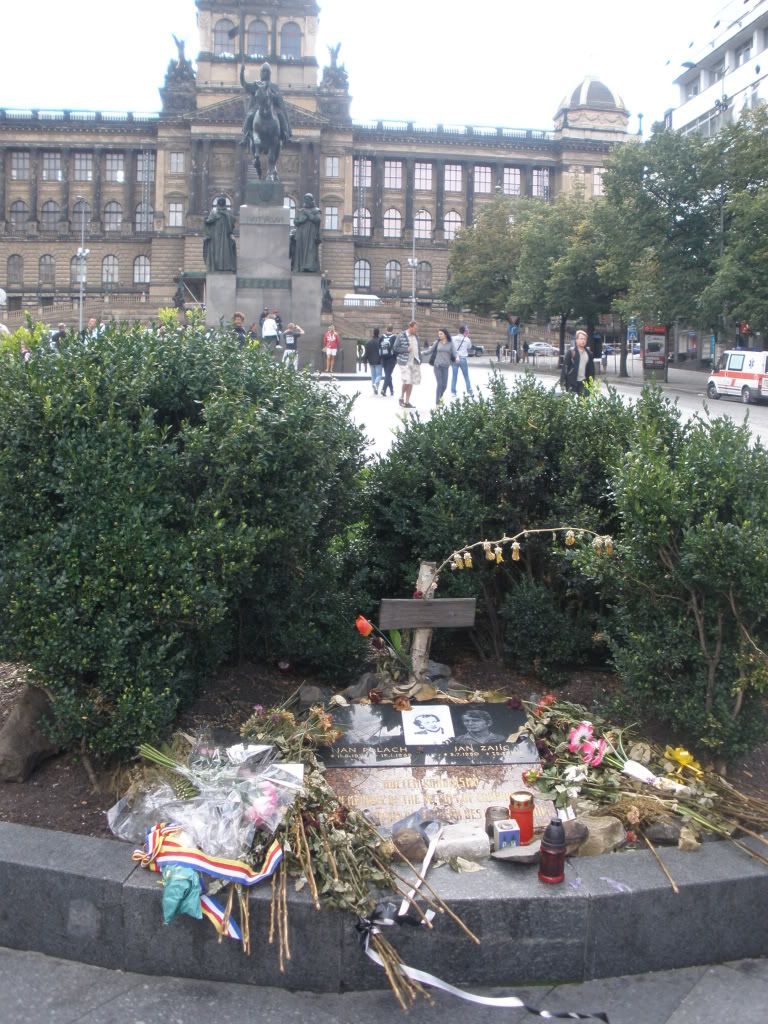 The astronomical clock was constructed in 1410 by the clockmaker Mikulas of Kadan in collaboration with Jan Ondrejuv called Sindel, professor of mathematics and astronomy of Prague Charles University. The mechanisms they have built over 600 years ago are still in function. The figures of the 12 apostles, blessing the city at every hour were added in more recent times, during the major repair work carried out between the years 1865-1866. The clock and the entire City Hall were damaged during the WW II. On the last day of the war, the centre of old Prague was the aim of the Nazi artillery. The entire building of the Old Town Hall burnt down. Fortunately, everything could be reconstructed and the figures of the apostles replaced by the creations of the woodcarver Vojtech Sucharda after the end of the WW II. There are also eight immobile figures on the left and right side of the clock dial and the calendar. The four figures at the clock dial are symbols of the Prague medieval society. On the left side are represented Vanity admiring himself in a mirror and the Miser/Jew holding into his bag of gold. On the right side are represented Death ringing his bell and a Turk shaking his head. Under the clock dial there is Calendar, painted by Josef Manes in 1805. The Clock Tower is also decorated with exquisite coats of arms and different royal symbols. There is also a rooster that crows after the Apostles have finished their blessing.
The astronomical clock was constructed in 1410 by the clockmaker Mikulas of Kadan in collaboration with Jan Ondrejuv called Sindel, professor of mathematics and astronomy of Prague Charles University. The mechanisms they have built over 600 years ago are still in function. The figures of the 12 apostles, blessing the city at every hour were added in more recent times, during the major repair work carried out between the years 1865-1866. The clock and the entire City Hall were damaged during the WW II. On the last day of the war, the centre of old Prague was the aim of the Nazi artillery. The entire building of the Old Town Hall burnt down. Fortunately, everything could be reconstructed and the figures of the apostles replaced by the creations of the woodcarver Vojtech Sucharda after the end of the WW II. There are also eight immobile figures on the left and right side of the clock dial and the calendar. The four figures at the clock dial are symbols of the Prague medieval society. On the left side are represented Vanity admiring himself in a mirror and the Miser/Jew holding into his bag of gold. On the right side are represented Death ringing his bell and a Turk shaking his head. Under the clock dial there is Calendar, painted by Josef Manes in 1805. The Clock Tower is also decorated with exquisite coats of arms and different royal symbols. There is also a rooster that crows after the Apostles have finished their blessing. And at the end, when I heard that I could climb to the top of the tower, I couldn't resist to reach another “top of the world“. So we went streight up and had a fantastic view of the surroundings.
Wenceslas Square
Wenceslas Square is one of the main city squares and the center of the business and cultural communities in the New Town of Prague.. Many historical events occurred there, and it is a traditional setting for demonstrations, celebrations, and other public gatherings. The square is named after Saint Wenceslas the patron saint of Bohemia.It is part of the historic centre of Prague,and a World Heritage Site.
Still are fresh memories of 1968 when the Russian troops, entered into Prague with tanks, and the two young students Jan Palach and Jan Zajic, in protest, committed suicide by burning. On the place of this unfortunate event today is the memorial tablet.
I was a little girl but I remember that day. My parents and I set in front of the television and wached the horrible scenes from Prague. The music that was playing in the background of the news was Smetana's Vltava.That has remained so strong in my memory that even today when I hear this wonderful work of Smetana I can remember that day.
To be continued.....




Nema komentara:
Objavi komentar